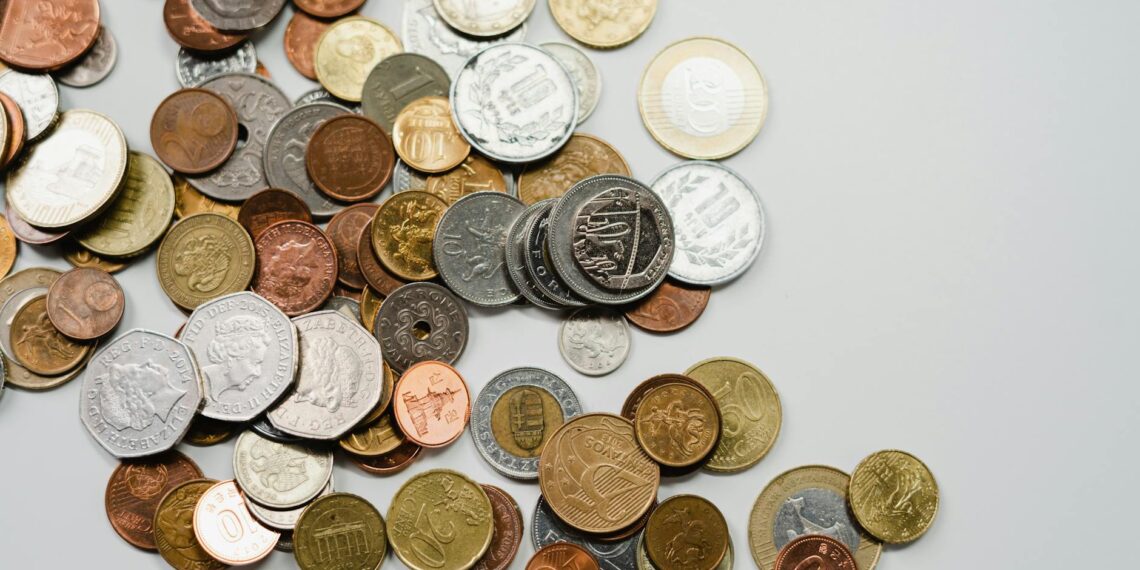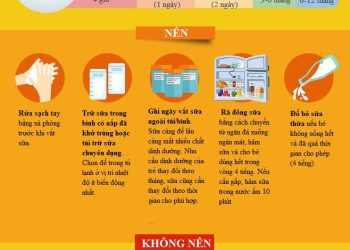Several methods can be used to determine if a coin is made of silver, ranging from simple home tests to more advanced professional appraisals.
- Magnet test: Silver is not magnetic, so a genuine silver coin will not be attracted to a strong magnet (like a neodymium magnet). If the coin is attracted to the magnet, it’s not silver, or at least not pure silver.
- Ping test (sound test): Gently tap the edge of the coin with another coin or a hard object. A real silver coin will produce a distinct, high-pitched ringing sound. Non-silver coins will likely produce a duller thud.
- Ice test: Place a small ice cube on the surface of the coin and on a non-silver surface (for comparison). Silver has high thermal conductivity, so the ice cube on a genuine silver coin should melt noticeably faster than the ice cube on the non-silver surface.
- Hallmark inspection: Look for hallmarks or stamps on the coin that indicate its purity. Common stamps include “925” for sterling silver, “999” for fine silver, and sometimes the weight and mintage year. You may need a magnifying glass to view them clearly.
- Weight and size analysis: Compare the coin’s weight and dimensions with official records or information available online for that specific type of coin. A genuine silver coin should have a specific weight (for example, one troy ounce is 31.103 grams) and dimensions. Any significant deviation from these metrics could indicate a fake.
- Acid testing: This method involves applying a small amount of nitric acid to an inconspicuous area of the coin. The color change indicates the purity of the silver. For example, a creamy white reaction suggests high-purity silver, while a dark red indicates sterling silver. Note: This method can damage the coin and should be used with caution, if at all, especially on valuable coins.
- X-Ray Fluorescence (XRF) testing: XRF scanners are a highly accurate, non-destructive way to determine the elemental composition of a metal. Professionals use these machines to quickly analyze the silver content in coins.
- Professional appraisal: If you’re unsure about the authenticity or value of your coin, consulting a professional appraiser or jeweler is the best way to get a definitive answer. They have the expertise and specialized tools to accurately assess the coin’s purity and authenticity.
- Combination of tests: It’s best to use a combination of these methods to increase your confidence about a coin’s authenticity.
- Not all tests are definitive on their own: The magnet test can rule out fake coins made of magnetic materials, but it won’t confirm authenticity as other non-magnetic metals exist.
- Beware of counterfeits: Be vigilant about recognizing signs of fake coins, such as inconsistencies in design, poor luster, or minting errors that are not officially recognized.
By using these methods and exercising caution, you can increase your ability to determine if your coins are indeed silver.









How do you test silver coins at home?
Silver tarnishes quickly, turning black, when in contact with bleach. A small spot of bleach can therefore be used to identify silver. The tarnish can easily be polished away, and silver items should leave the cloth slightly blackened by the tarnish being removed.